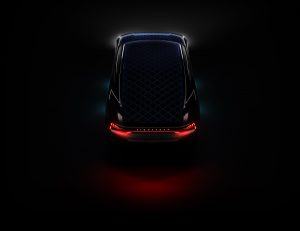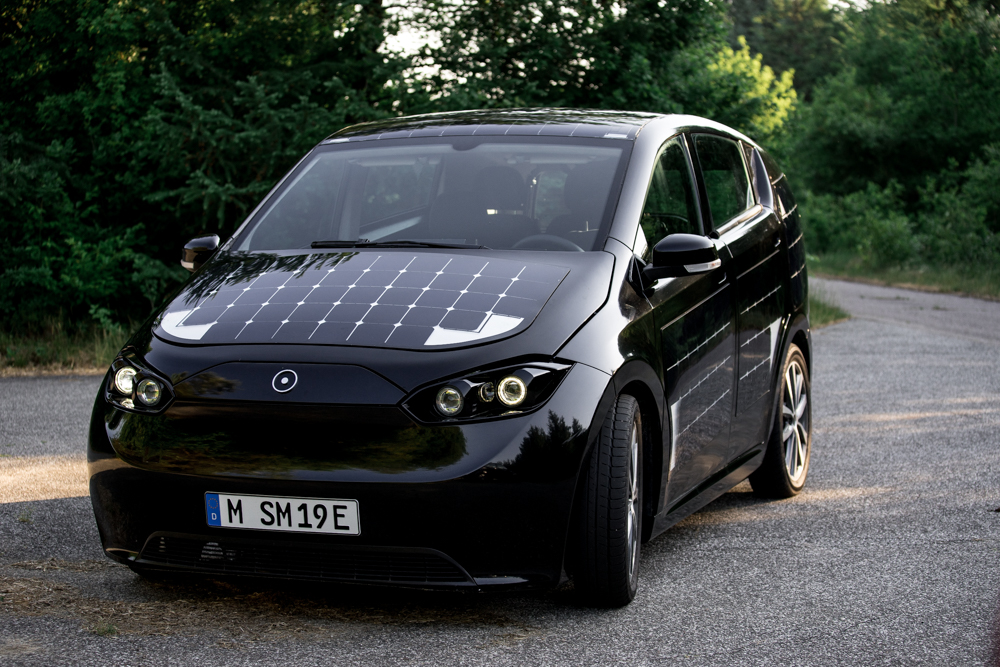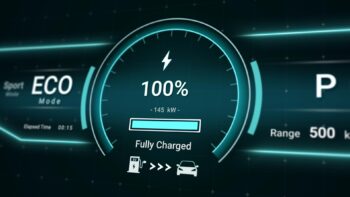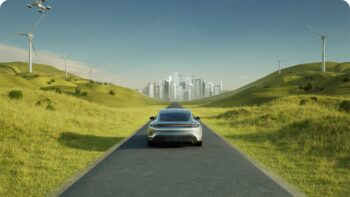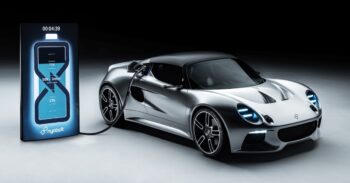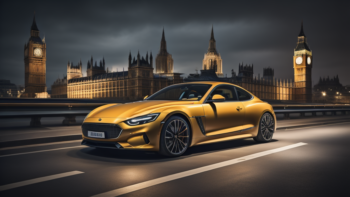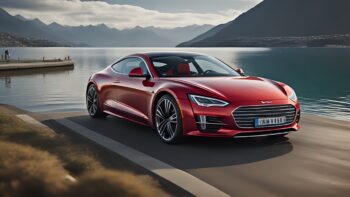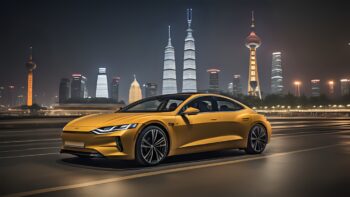Solar powered cars: the real gas killer?
Electric vehicles have been around since the dawn of the internal combustion engine (ICE). One of the biggest problems in running them is battery capacity (range) and the need for a huge new infrastructure of charging stations all over the world. Could solar panels on EVs tackle the problem? There is a lot of potential in the technology – let’s have a look at what’s out there.
DHL TRAILAR system
Using current silicon based solar PV technology, global logistics giant Deutsche Post DHL has recently announced it is to start using solar panels to improve energy efficiency on its heavy trucks.
According to DHL: “TRAILAR uses advanced solar technology by applying thin film, flexible solar matting to the roofs of rigid vehicles, which are connected to the vehicle battery or additional on-board batteries. Harvested solar energy is used to power tail lifts and all ancillary equipment such as air conditioning.”
DHL reckon this could save 5% of fossil fuel use. A good start but nowhere near what’s required to run a truck mostly on solar. Though they should be applauded for their attempts, it would be a hard sell on a new car to someone saying their limited choice of colour on the vehicle will save them 1/20th of their fuel consumption! From DHL’s point of view, 5% run over the millions of litres of fuel it uses every day is a significant cost saving – at a consumer EV scale it might afford the average car commuter another beer on a Friday night.
EV solar tech company Lightyear.one believe that they can significantly reduce the amount of charges required by an EV user by covering their vehicle in photovoltaic panels. They are building a short run, luxury car that could help you avoid charging points for much of the year (if you live in a sunny climate). On their website they tell me that I could get 43 days of solar powered charging a year – I live in Dorset in England which while one of the sunniest counties in the UK is not exactly the Atacama Desert in terms of sunny days every year. Playing with the site it suggests that in Marseilles I could get 131 days of solar energy and in Las Vegas, some 221 days.
OK, so while in the UK I might do better with a wind generator on my car, by the time you get somewhere that the sun actually shines in abundance you could seriously reduce your charging point addiction. What’s stopping this? Solar panels aren’t quite up to it in short.
Another startup called Sono is about to release the ‘solar powered’ Sono compact car for around €16,000 (excluding battery). Sound interesting? Now for the range you get from the sunshine: “The result is that the Sion can generate up to 30 kilometers’ extra range per day, completely free of charge.” Promising, but that will be dependent on where you live and at what time of year!
Solar PV tech now and tomorrow
Currently solar panels aren’t very efficient. The most common ones on the market, silicon based solar PV cells, have 15% to 17% efficiency. You can get greater efficiency but you pay more. At the moment the highest efficiency cells on the market use gallium as opposed to silicon that could hit as much as 29% efficiency on mass-produced units. Gallium however is ridiculously expensive and not the sort of thing you would put on a mass produced car to save someone money on charging.
There is a solar PV technology out there that, much like solid state batteries, is just out of reach but at the same time is tantalisingly close. This is the Perovskite solar cell. According to perovskite-info.com, “perovskite solar cells aim to increase the efficiency and lower the cost of solar energy. Perovskite PVs indeed hold promise for high efficiencies, as well as low potential material & reduced processing costs. A big advantage perovskite PVs have over conventional solar technology is that they can react to various different wavelengths of light, which lets them convert more of the sunlight that reaches them into electricity. Moreover, they offer flexibility, semi-transparency, tailored form factors, light-weight and more.”
In theory they could achieve similar efficiencies to the gallium solar panel with similar costs to that of silicon. The main issue is that, as with solid state batteries, they work well in the lab but can’t quite be made at the size needed to power a car.
Could we see total solar powered cars soon?
The answer is that this depends on where you live. Here in Northern Europe we may have to put up with charging stations for a while, and perhaps rely on wind energy to power them. In Southern Europe and in the warmer climes of the US and Australia then it might well be possible to do several hundred kilometres between charges in the coming years. As with the dream of solid state batteries, that day could be possible… when the boffins in the lab crack it!
Author: Richard Shrubb
Richard is a renewable energy, sailing and hemp writer based in West Dorset, England. Working hard to bring his rebellious three year old daughter up the right way, he attempts to live the lifestyle he promotes through his writing.
